The Thirty Years’ War is an oft-overlooked conflict in wargaming circles, which is a real shame, as it was an utterly pivotal point in European history, and one of the two ‘classic’ pike and shotte-era conflicts (the other of course being the English Civil Wars – more on that conflict here). Though theoretically born of a religious struggle between Catholics and Protestants, the turbulent politics of the time also played a significant part; however, in very, very general terms, the Thirty Years’ War can be seen as a conflict between the Catholic ‘Imperial’ faction (led by the Hapsburg Spanish and Holy Roman Empires), and a series of nominally Protestant coalitions (although these were financially supported by the Catholic French!). Helpfully, although perhaps a tad arbitrarily, historians tend to separate the thirty years into a number of phases, which are very useful indeed for wargamers of the period, as the armies involved varied significantly over the course of the Thirty Years’ War. Strap in – this might get a tad complicated!
The Early Phases
The first, or ‘Bohemian’ phase (1618-21) was in brief sparked by a revolt (and defenestration) in Bohemia at the possibility that the (Protestant) nation would fall under the rule of the Catholic Ferdinand II rather than the Protestant Frederick V. Open warfare swiftly broke out, with the Protestant forces able to depose Ferdinand and replace him with Frederick, backed by a number of other German states. With Ferdinand calling upon the aid of his nephew, Philip IV of Spain, the rebels engaged the services of a mercenary army under Ernst von Mansfeld. The war initially seemed to be progressing poorly for the Imperial forces until the Battle of White Mountain near Prague in November 1620 led to a rapid collapse of rebel morale, and the exile of Frederick and most of the rebel Bohemian commanders. Armies of this period were characterised by their lack of uniformity as much as any other significant characteristic, and were often somewhat ‘old-fashioned’ in character, comprising fewer shotte and more cavalry than would be found later in the century. Artillery would be similarly lacking, and tactically forces would often fight in the ‘tercio’ style that was rapidly going out of fashion. This can make for a really fun and unique force, regardless of which side you want to play, and can easily be ‘listed’ by using the generic Imperial Army army list found in the Pike & Shotte Epic Battles rulebook. The Infantry and Cavalry sprues are more than versatile enough to achieve a rag-tag look, perfect for rampaging around Europe!
Following the Bohemian phase was the ‘Palatinate’ phase of 1621-24. With the Spanish and Hapsburgs controlling much of the land along the Rhine, the exiled Frederick’s forces under Mansfeld and Christian of Brunswick continued to fight without much success, before deciding to go into Dutch service. Already fighting their war of independence from Spain (which has raged since 1568), this brought the Dutch into the wider war, but with Christian’s defeat by Count Tilly at Stadtlohn in 1623, Frederick’s cause was lost, and the Palatinate phase ended. On the tabletop, armies are becoming a little more professional, but are still more redolent of the older style than what would become the norm in the English Civil Wars.
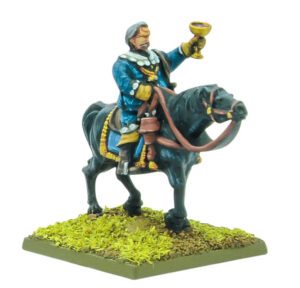
With the withdrawal of Frederick V from the war, the Protestant cause was in a parlous state. Imperial Catholic expansion threatened huge swathes of Protestant territory, leading to the formation of the Protestant League. This coalition comprised a number of the German states, Holland, England, and Denmark – all solidly Protestant nations at this point. France, a very Catholic nation, was the secret financier to the League, willing to place their diplomatic ambitions above matters of faith (I told you this was going to get complicated!). At their head was Christian IV of Denmark, with aggressive expansionist designs on northern Germany. Ranged against him were the combat-proven Count Tilly, and the famous Bohemian mercenary, Albrecht von Wallenstein, both of whom would (unfortunately for Christian) prove to be exceptional commanders. Wallenstein would soundly defeat Mansfeld at Dessau Bridge in Saxony, with the Protestant commander dying in the retreat, which forced Christian to come south to help. In doing so, he ran straight into Tilly and was hammered at Lutter, leaving Denmark vulnerable to Wallenstein, who occupied Jutland and threatened Copenhagen. Realising the hopelessness of his situation, Christian sued for peace, ending what would become known as the ‘Danish’ phase (1625-1630). The Pike & Shotte supplement The Devil’s Playground has an excellent set of rules for the Danish army in 28mm, which can be adapted to Epic Battles scale with very little work, and gives players the opportunity to field a seasoned, veteran force – and see how they match up against Wallenstein and Tilly (if suitably talented stand-ins can be found!).
The ‘Swedish’ Phase
After the Danish phase comes arguably the most well-known era of the war, and certainly the one most memorialised in art and song (thanks, Sabaton!) – the ‘Swedish’ phase of 1630-34. With Christian IV and Frederick V out of the picture, a new Protestant figurehead was needed, and was found in the form of Gustavus Adolphus, King of Sweden, and ‘Lion of the North’, a military reformer par excellence and arguably the greatest European commander until Napoleon Bonaparte. A leader of men into battle since the age of 17, he had forged the Swedish military into the most modern force of the era, prioritising firearms over pikes as the primary offensive weapon, and with cavalry that would smash headlong into the enemy rather than standing off and shooting. Adolphus’ army (with many Scottish and German mercenaries) was bankrolled once more by the French, and scored a series of impressive victories over Tilly at Breitenfeld (1631) and Lech (1632), where the Count finally met his end. With Wallenstein (who had spent a significant amount of time playing politics and was now a hugely powerful if unpopular figure to the Imperials) recalled to duty, the two great commanders clashed at Lützen, arguably the most famous battle of the Thirty Years’ War. Although victorious, Gustavus Adolphus was killed in his moment of triumph, a severe blow to Swedish hopes and capability. Wallenstein fared little better, with the Emperor having him killed shortly thereafter – on account of his huge mercenary army, he was quite simply too powerful and dangerous to be left alive, despite his huge talents. While the Swedes continued to fight, they were defeated heavily at Nordlingen in 1634 by the Spanish, which would lead to the Peace of Prague and the withdrawal of Sweden from the war. Swedish armies are one of the most iconic of the period on any Pike & Shotte tabletop, and particularly so in Epic Battles scale, where their serried ranks of blue-coated infantry make for a fantastic-looking and visually striking force. Tactically, they’re a much more ‘modern’ force, with a far higher shotte-to-pike ratio than previous armies, allowing you to fight a much more ‘asymmetric’ conflict against your old-fashioned foes!
In 1635, France finally entered the conflict directly, declaring war on Spain, and then on the Holy Roman Empire the following year. Using their financial muscle, they also enticed Sweden back into the war on their side, and the conflict entered its turbulent final (and rather obviously-named) ‘French’ phase. As the French battled and eventually defeated an Imperial thrust on Paris at Compiegne, the Swedes pushed into Bohemia. With the Dutch redoubling their efforts in their war of independence, the Imperial position was precarious, and after the Battle of Rocroi (immortalised in the film Alatriste) the Spanish began to sue for peace. In 1643, the Danes (helpfully) declared war on the Swedish, their old enemies, with Sweden gaining the upper hand and becoming the dominant Baltic power. At the Second Battle of Nordlingen in 1645, another French victory saw the Holy Roman Empire looking for a way out of the war, which would not come until 1648, when the Dutch achieved independence from (and peace with) Spain, leaving a Europe almost unrecognisable from that of three decades before. The human cost of the war had been almost incalculable, with much of central Europe devastated by constant warfare and rampaging mercenary armies, and most of the nations involved were near-bankrupt by the end of the conflict. Armies of this last phase had by and large adopted the ‘Swedish system’ of warfare, but were still comprised mostly of mercenaries and independent companies, with little uniformity. This final phase was where many commanders who would later go on to achieve fame during the English Civil Wars cut their teeth, and can be regarded as something of the mid-point of pike and shotte warfare in Europe.
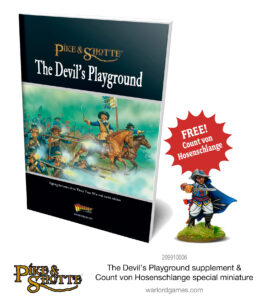
Taking The Thirty Years’ War To the Tabletop!
For anyone wishing to fight the many (many, many, many) battles of the Thirty Years’ War on the Pike & Shotte tabletop, whether in 28mm or Epic Battles Scale, The Devil’s Playground is an essential companion, featuring detailed army lists and scenarios for all factions involved – grab a copy, and get stuck in, on one side or another (or possibly both, or neither, or…)!
Push Of Pike Battle-set
Pike & Shotte Epic Battles: Push of Pike provides you with all the information you need to refight the wars that raged across Europe in the seventeenth century on an epic scale, with period-specific additions that capture the tactics, conditions, and prominent personalities of both the Thirty Years’ War and English Civil Wars.
Pike & Shotte Epic Battles – Push of Pike battle set contains:
- Tan and grey hard plastic figures: 6 mounted battalia commanders, 6 ensigns, 6 mounted cornets, 14 combined pike & shot regiments (80 soldiers each), 36 commanded shotte, 60 cavalry, 12 cuirassiers, 18 mounted dragoons, 30 dismounted dragoons, 6 Saker cannon and 6 Falconet light guns
- Green plastic bases for all figures
- A5 260-page Pike & Shotte Epic Battles rulebook
- Quick Play reference card
- Assembly & painting guide leaflet
- Flag sheets for both the English Civil Wars and the Thirty Years’ War
- Laser-cut MDF fortified manor house complex
- Six D6 dice
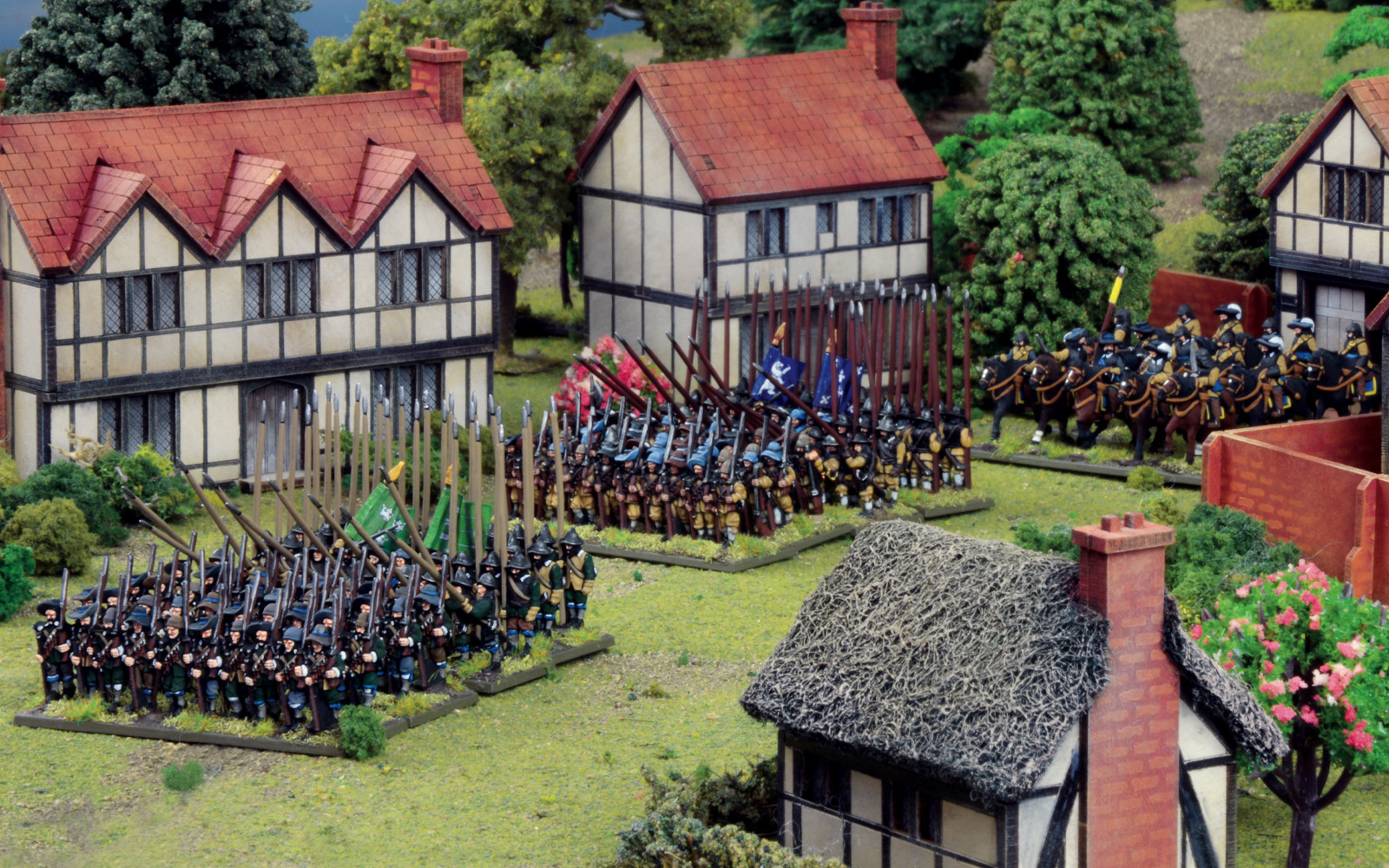
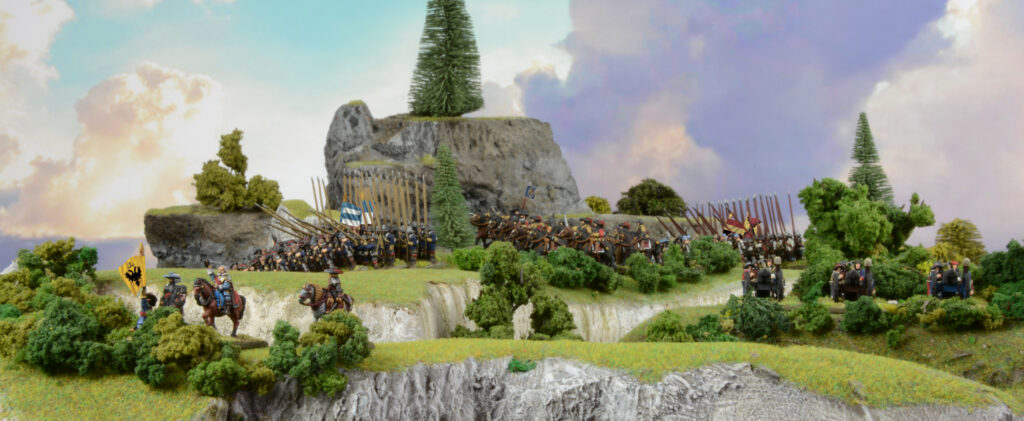
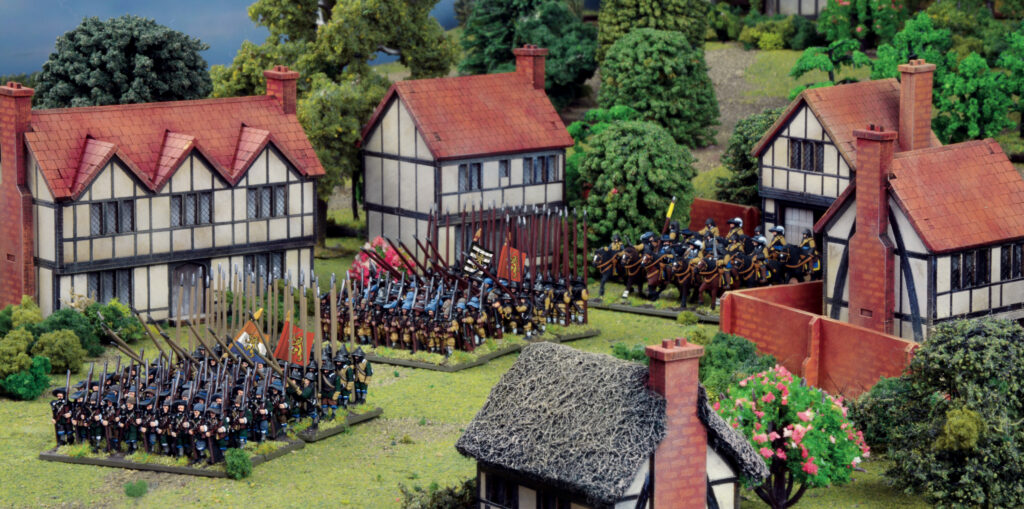
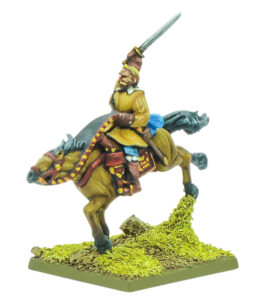
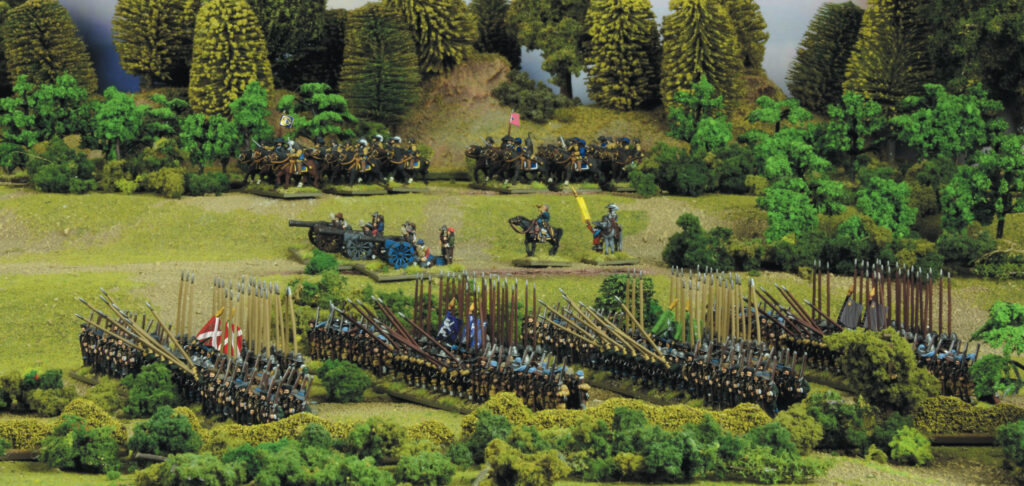
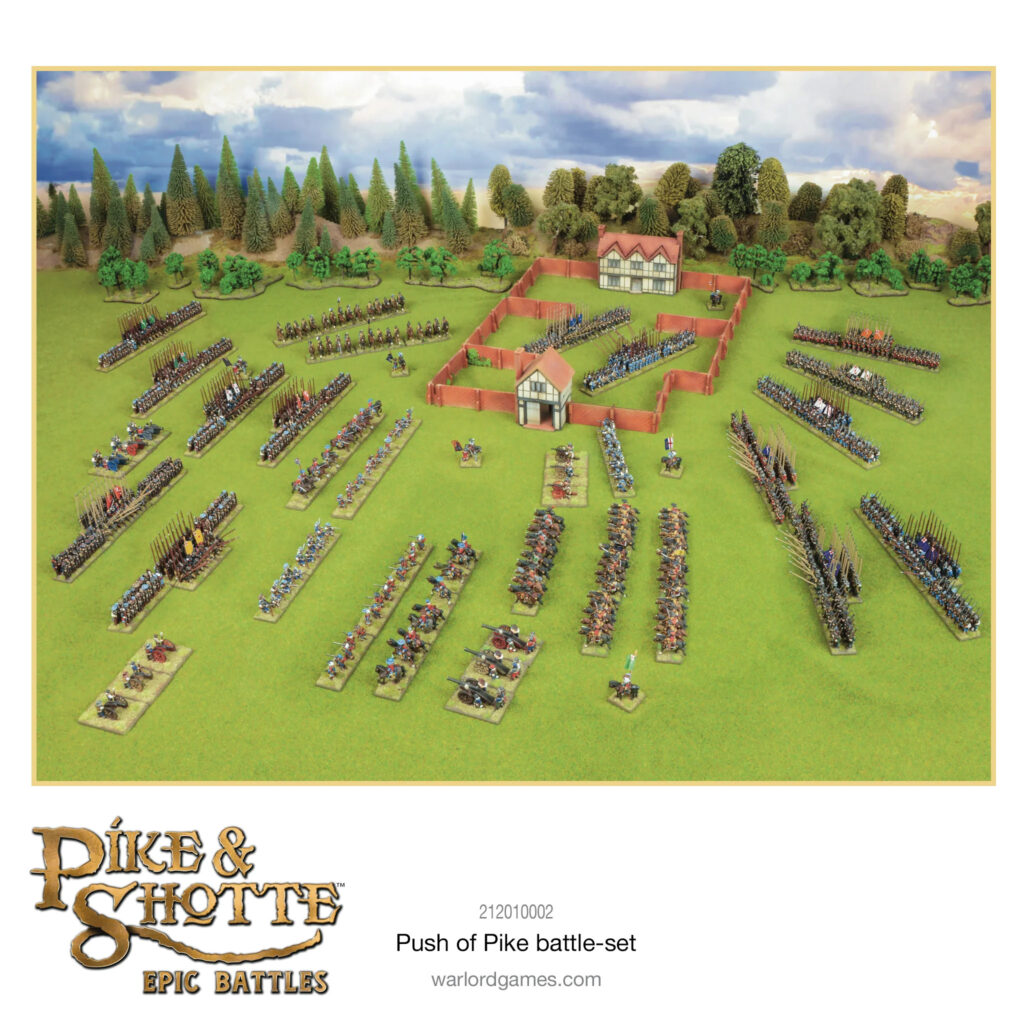
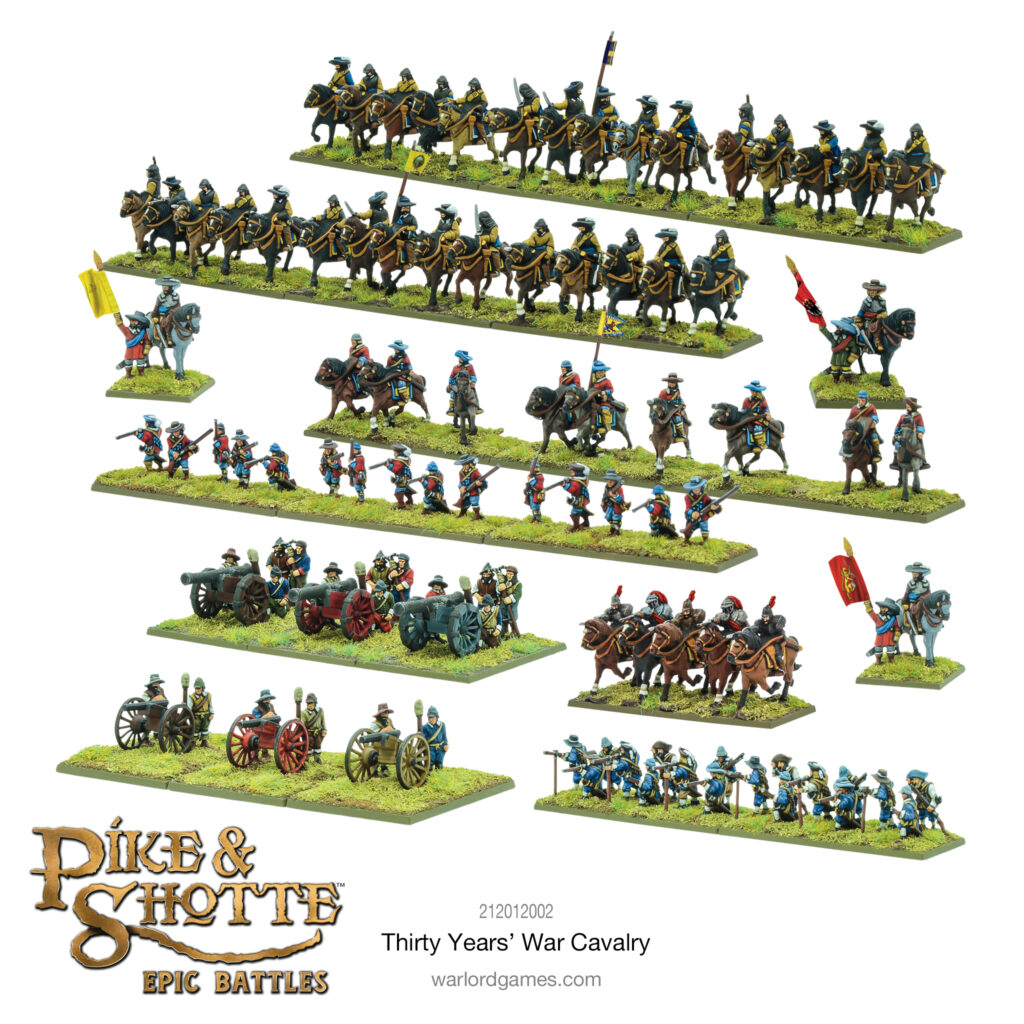
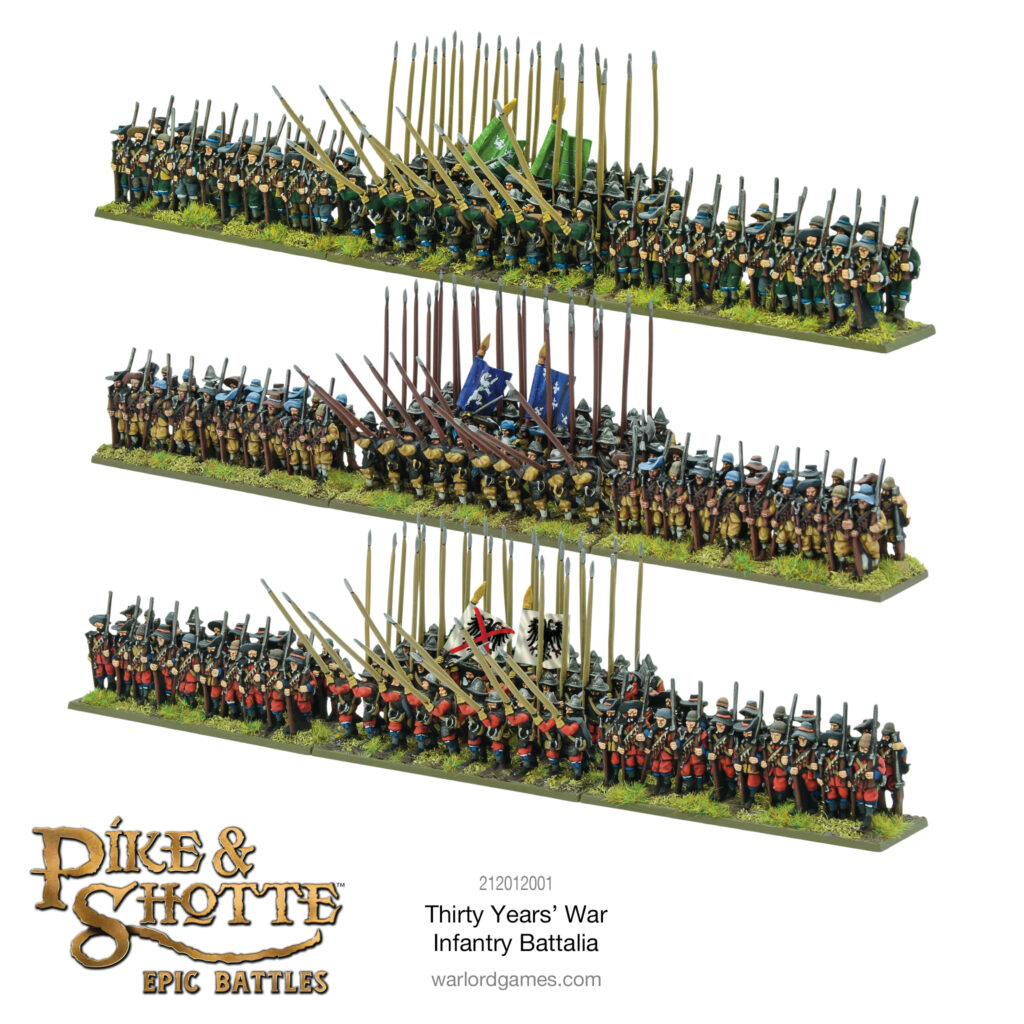
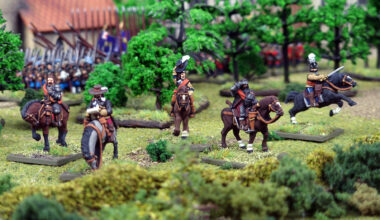
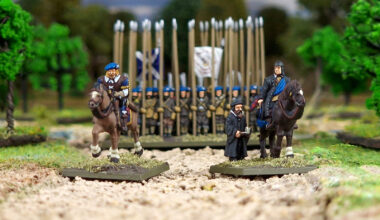
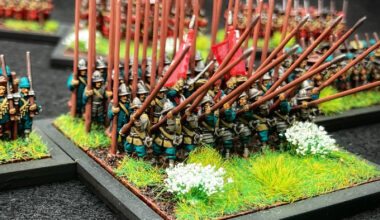
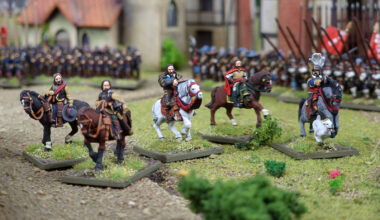
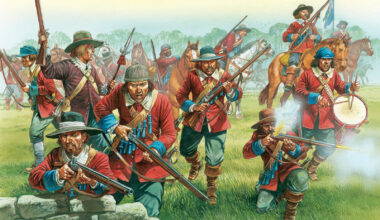
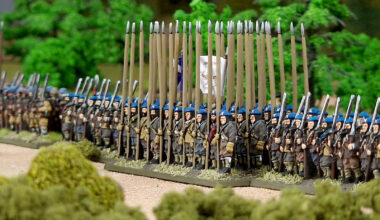
1 comment
I have a question as someone new to this period of war gaming, once a unit is deployed, eg combined infantry regiment can they be separated in to a pike block and musketeer block?
Comments are closed.